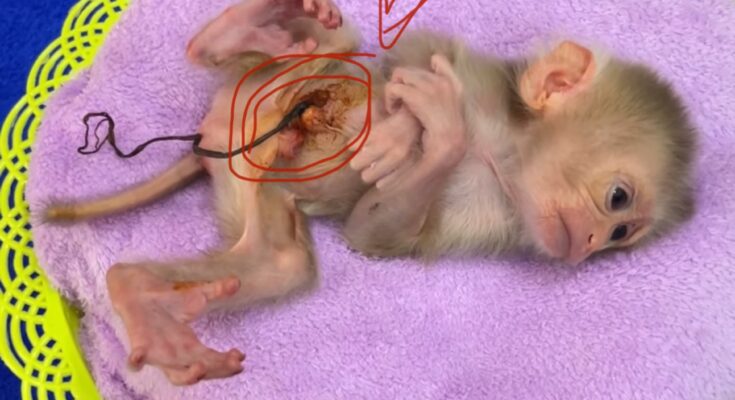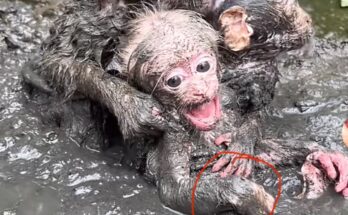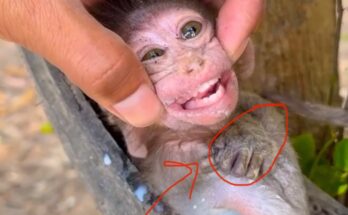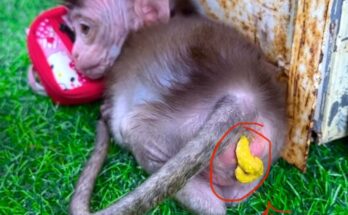A Challenge to the Placenta of Monkeys Caused by a Virus: What It Means for Science and Human Health
The placenta plays a critical role in mammalian pregnancies, serving as a lifeline between mother and fetus. In recent years, researchers have uncovered a growing concern: viruses can pose a serious threat to placental health—not only in humans but also in our close relatives, non-human primates. In particular, viral infections in monkeys have been shown to disrupt placental function, leading to complications in fetal development. This phenomenon not only sheds light on primate biology but also holds important implications for understanding viral risks to human pregnancies.
Viral Threats to Primate Pregnancy
Recent studies have demonstrated that certain viruses—such as Zika, Cytomegalovirus (CMV), and simian immunodeficiency virus (SIV)—can directly attack placental tissue in monkeys. These infections can compromise the barrier that normally protects the fetus from harmful pathogens. When this protective function is lost or weakened, viruses can cross from the mother’s bloodstream into the fetal environment, causing a cascade of developmental problems.
In one study conducted on rhesus macaques, researchers observed that Zika virus was able to invade placental cells within days of infection. This resulted in inflammation, reduced oxygen flow, and a failure to properly nourish the growing fetus. In some cases, it led to miscarriage or severe fetal abnormalities. Such findings are particularly alarming, as the structure and function of monkey placentas are strikingly similar to those in humans.
How Viruses Exploit the Placenta
The placenta is often considered an immunological paradox: it must prevent the mother’s immune system from attacking the fetus while still fending off infections. Viruses exploit this delicate balance. Some target specific placental cells known as trophoblasts, which are responsible for nutrient exchange and hormone production. Once inside, viruses can hijack the host’s cellular machinery, replicate rapidly, and trigger local immune responses that harm placental integrity.
Additionally, viral infection can disrupt the release of key signaling molecules that guide fetal development. This may result in underweight births, premature labor, or neurological damage. These outcomes are not just limited to individual pregnancies—they have the potential to influence population health in regions where viral outbreaks are common.
Implications for Human Health
Understanding how viruses impact monkey placentas provides valuable insights into human maternal-fetal medicine. Non-human primates are often used as models because of their genetic and physiological similarities to humans. If a virus damages a monkey’s placenta, there’s a strong possibility it could do the same in human pregnancies.
This research has already informed global responses to outbreaks like Zika, where governments and healthcare organizations have taken steps to protect pregnant women from exposure. It also highlights the need for better surveillance of zoonotic viruses that may jump from wildlife to humans.
Conclusion
The challenge posed by viruses to the placental health of monkeys is not just a biological curiosity—it’s a pressing issue with far-reaching consequences. By studying how these infections affect primate pregnancies, scientists are better equipped to prevent, detect, and respond to viral threats in human populations. As we continue to face emerging diseases, these insights may prove vital in protecting the most vulnerable lives of all: those still developing in the womb.



